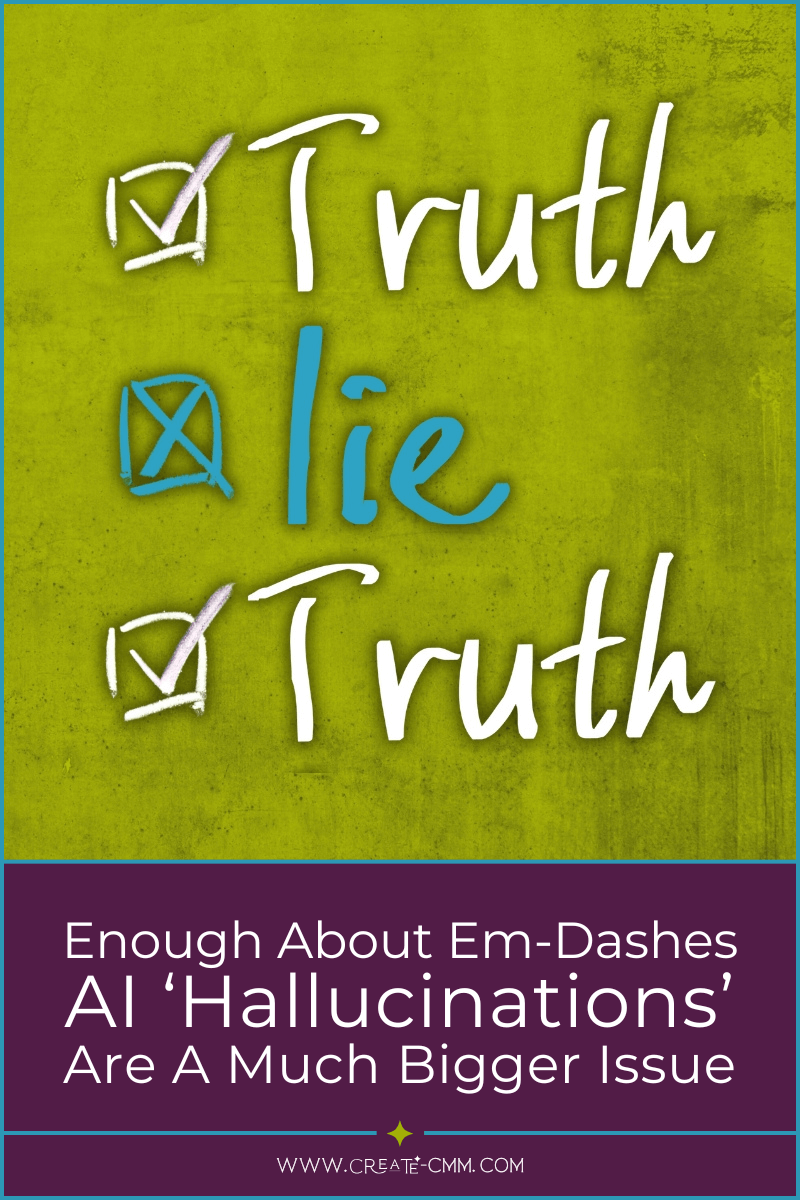Charting Your Course to Avoid Content Black Holes
I read a statistic this week that hurts my marketing professional heart.
An estimated 60% to 70% of B2B marketing content goes unused.
Ouch.
The statistic actually refers to finalized content that then doesn’t get used in the marketing and sales process. It doesn’t include content that never gets over the finish line, for one reason or another.
It’s a tremendous waste of time, resources, money and good, effective content.
But it doesn’t surprise me. I regularly see all kinds of marketing content, at various stages of completion, go into a content black hole, never to see the light of day — and never to reach and influence its intended audience (which is, after all, the point of content).
Why does this happen?
In simple terms, a black hole is an unresolved pain point connected with one (and usually more) of the three basic elements of creating and publishing content: people, process, or technology.
Individuals can become black holes, often without meaning to. Lawyers commit to writing an alert, a blog post, or an article, but then find they aren’t able to deliver on that commitment because they don’t have time. I’ve seen drafts of client alerts or blog posts go into the email inboxes of firm or practice leaders who need to review or approve them and stay there — sometimes forever, sometimes for so long that the content becomes stale and unusable. Sometimes a practice group or team aspires to a regular content program and gets a good start, putting out its first few thought leadership pieces, but then fizzles out because the lawyers are busy working on client work.
Processes and procedures can also include gaps or inefficiencies that, over time, turn into black holes. For example, lack of a clearly defined process for working with a firm’s outside PR agency has often resulted in a lawyer writing a full article that ends up never being published because the agency can’t find an outlet for the piece. Similarly, the lack of a process for vetting topics and approvals for firm-branded content can result in alerts and blog posts being sidelined because they touch on sensitive client and business considerations that could have been flagged at the outset.
And while the strategic deployment of technology can greatly improve the efficiency of the creation process, as well as content quality and audience reach, technology that is unused, misused or poorly understood can really hamper content development efforts. Examples of tech black holes include everything from content that could be updated, revised, or repurposed being unfindable on a poorly organized or unused document management system to firm-branded marketing emails being sent to too few (or sometimes too many) clients and contacts because of less-than-optimal understanding and use of CRM systems.
Black holes are often easy to identify but hard to fix.
One of the best ways to avoid content black holes is to prevent them from forming in the first place. A solid content process, one that takes people and technology into consideration, can not only help prevent the development of dark holes, but can also help navigate around the ones that inevitably pop up from time to time.
The process should include a step-by-step workflow that charts essential stages of the course from idea generation and topic selection through development and refinement to publication and promotion. The various tasks involved, including the who, what, when, where, and how, should be mapped to each step.
Who is involved and what tasks are they responsible for?
Ideally, the process document would identify the role of that person in the process (writer, editor, videographer, graphic designer, process coordinator, etc.) as well as who within your organization is filling that role.
To combat the tendency of specific people or roles to become black holes, consider having multiple people identified for each role, especially for roles that involve essential tasks or that require a critical skill set (knowing how to format and post content to a website or blog, or how to use the CRM system to disseminate client alerts, for example), as well as those with oversight, approval or signoff responsibilities. If one person is unavailable — out sick, on vacation or, as is often the case with lawyers, too busy with client work — someone else can handle the task and keep the content moving along.
For content that you put out on a regular basis — weekly, biweekly or even monthly — consider a rotating roster of people who share the duties. For a weekly newsletter that one of my clients publishes, we have an editorial board of six partners, one of whom is scheduled to take the lead role each week, selecting the topics, reviewing and editing the copy, and approving the final, formatted content before we publish it. Since we publish an average of two, and sometimes as many as three or four, items in each issue, we also have a rotating roster of law clerks and associates who write the articles.
When in the workflow are certain roles needed, and what’s the approximate timeline (under usual circumstances) for them to complete the task?
Our weekly process for the newsletter follows a set production schedule: topic selection and assignment of articles to the writers on Monday; drafts due by the end of the day on Tuesday; editorial review completed by Thursday; proofing, formatting, approvals, publication, and dissemination on Friday.
The “where” and the “how” are places where technology — used properly — can act as rocket fuel.
Tasks should be routinized wherever possible, and templates, forms, and boilerplate language, where appropriate, can make it easier for people to accomplish their tasks and can ensure that all the essential content elements are available and accessible.
For the weekly newsletter, I have a standard email that I send out to the partner editor for the week with topic suggestions and one that I send to the scheduled writers with their assignments. The writers put their draft copy in a standard format so the editors can easily review, edit, and approve all of the copy in one place. The template also ensures that no essential information is missing when we get to the final stages of production later in the week. Each weekly draft is kept on the firm’s document management system, and edits and comments are made in the system document to ensure version control and accessibility.
Revise and adapt.
The goal is not to build a process that is overly complicated, rigid, or even foolproof, but to build one that is efficient, repeatable, and flexible. Not every type of content project has as rigorous a production schedule as my weekly newsletter, and not every firm or practice group has as large a group of lawyers willing to participate. But the fundamentals of building a solid content process can be adapted to fit any size project and any size firm.
Featured Articles





